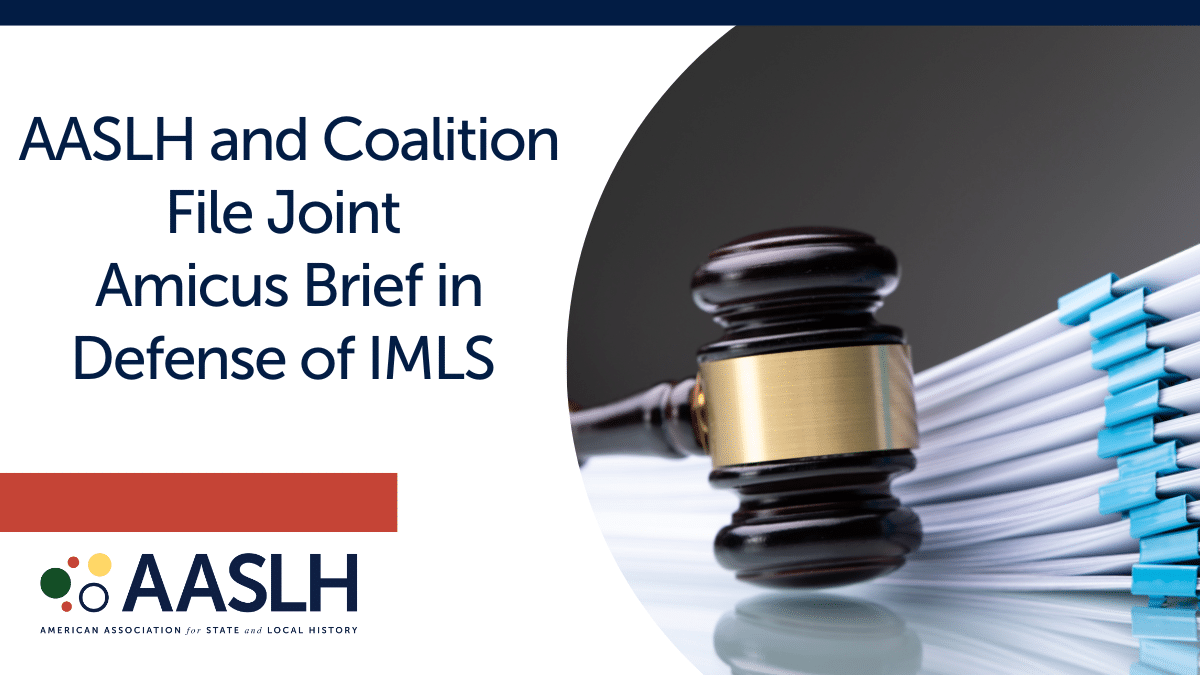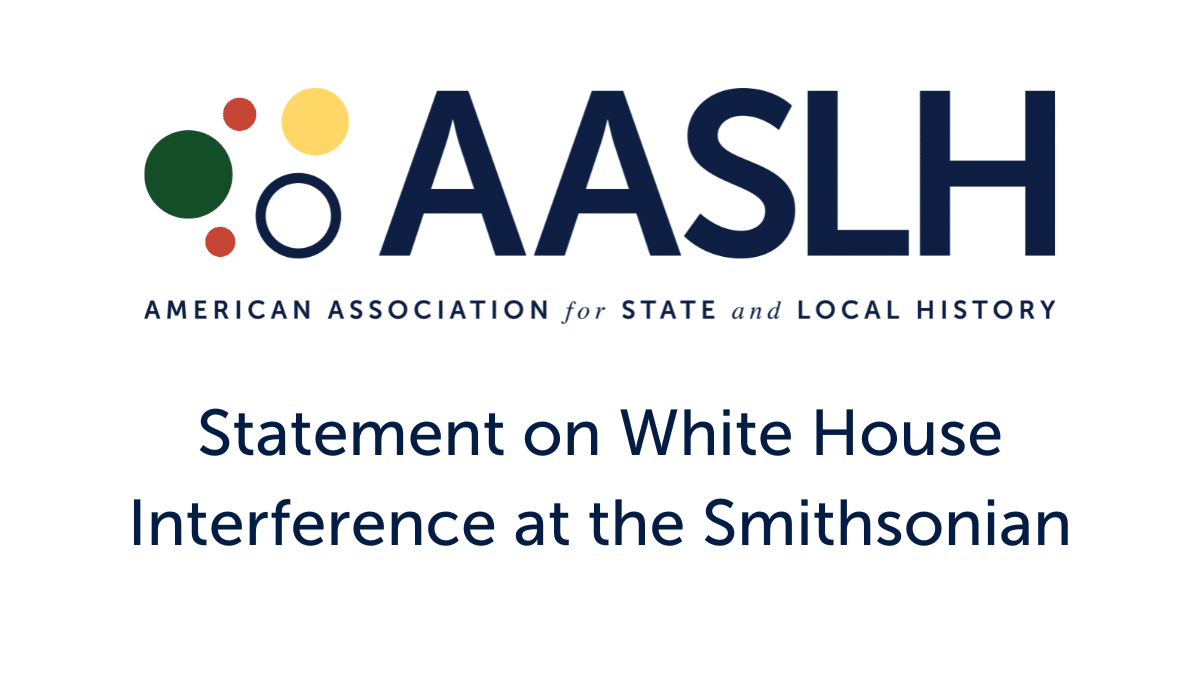It’s always exciting to get the first box of the new History News at the AASLH offices. Though we may have talked about the articles already and seen a few preliminary designs, there’s nothing like sitting down with a great magazine and reading it cover to cover. While the Autumn 2015 issue makes its way across the country (and the world in a few cases), I wanted to share a few thought-provoking highlights on collaboration and relevance, the unofficial themes of this issue.
“Moving History from Nice to Essential” by John R. Dichtl, pg. 7
 In an article adapted from his address at our 2015 Annual Meeting in Louisville, AASLH President and CEO John Dichtl writes on the data showing that 2015 “is a high point for historical organizations” and emphasizes the need for the historical profession to continue speaking the value of history.
In an article adapted from his address at our 2015 Annual Meeting in Louisville, AASLH President and CEO John Dichtl writes on the data showing that 2015 “is a high point for historical organizations” and emphasizes the need for the historical profession to continue speaking the value of history.
Something big shifted in our country in summer 2015. We now may be at a high-water mark for history organizations. Confronted by violent tragedy and simmering race relations, communities, politicians, and the media are engaged in vigorous debates about history’s hold on the present. On a state-by-state, community-by-community basis, people are figuring out what history means in the context of today.
Maybe this is the best moment in the past twenty or thirty years to make sure we each are ready…to make the case for historical understanding and the institutions, collections, landscapes, communities, and other resources that keep the past alive. I’d like to challenge all of us to have an elevator speech for history—just a brief, twenty-second explanation of why history is essential to the well-being of your community. Download the article for free!
“Behold! New Lebanon” by Ruth. J. Abrams, pg. 19
Ruth J. Abrams (Founder of Behold! Lebanon, the Lower East Side Tenement Museum, and the International Coalition of Sites
of Conscience) gives a powerful account Behold! New Lebanon: The Living Museum of Contemporary Rural American Life, a story of
…the evolution of a museum determined to alter the debilitating long-accepted narrative of the demise of a country town—to alter it so that the people in that town, and in others similarly situated, will transcend hopelessness. In the process, those of us connected to this organization hope to explore and interpret the nature of contemporary rural American life and expand the role of the museum in society.
Behold! New Lebanon is the epitome of relevant. It is a community effort providing economic development and celebrating a rural way of life steeped in historical significance. Abrams writes, “I believe that if our museums and historical societies are to survive and thrive, we must make them essential. We can do that by prioritizing deep and wide consultations with all members of our communities…. As museum professionals, we have the power to make our institutions essential. All it takes is the belief that it is an appropriate and necessary role for a museum…and then, the will to do it.
“Experiments with Crowdfunding” by Tim Grove, pg. 5
Columnist Tim Grove of the National Air and Space Museum of the Smithsonian Institution covers crowdfunding for history organizations in “History Bytes.” This was great timing, as AASLH recently helped the U.S. Holocaust Memorial Museum promote their crowdsourced History Unfolded project. “Just as crowdsourcing utilizes the wisdom or expertise of the crowd,” Grove writes, “crowdfunding recognizes the collective financial potential of the crowd, in the form of micro-donations.”

Neil Armstrong’s Apollo 11 spacesuit, the subject of NASM’s crowdfunding conservation effort. Photo: Eric Long | NASM2012-01664 (via nasm.si.edu)
Crowdsourcing is certainly something that should be on the radar of history organization, but before you jump on board, carefully consider the level of commitment and planning that it requires.
——
These and other articles on the World War I centennial, cross-Atlantic partnerships, trends in volunteerism, programming for Millennials, book reviews, and more can be found in the newly released Autumn 2015 issue of History News, AASLH’s official publication by and for history professionals.
A subscription to History News is a member benefit of AASLH.* Members get a physical copy of each issue in their mailbox and have access to three years of past issues in PDF format on our Members Only Page. Nonmembers can purchase each issue for $10 through our website.
*Students get a digital-only subscription.




